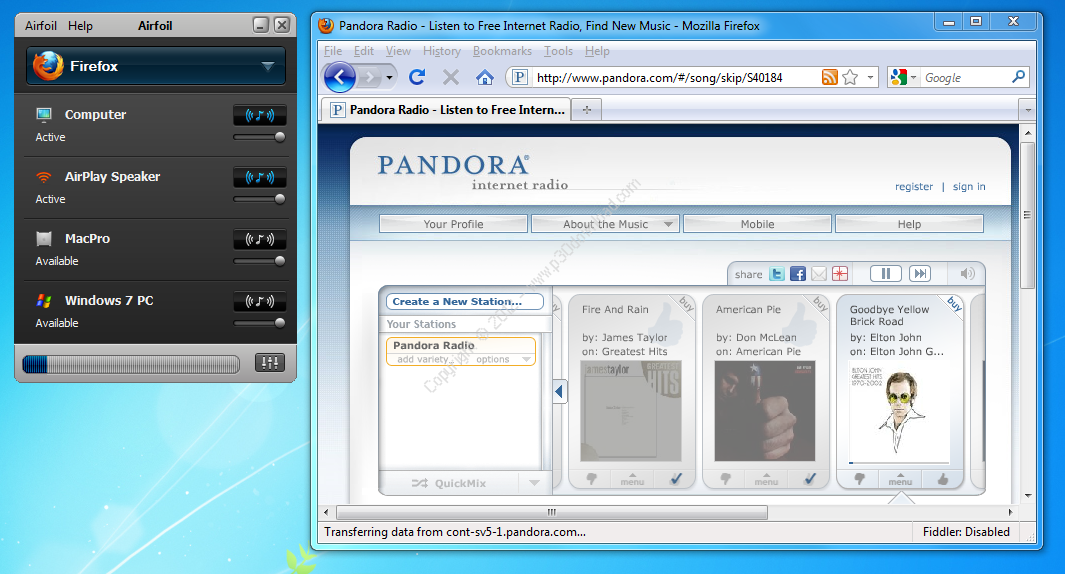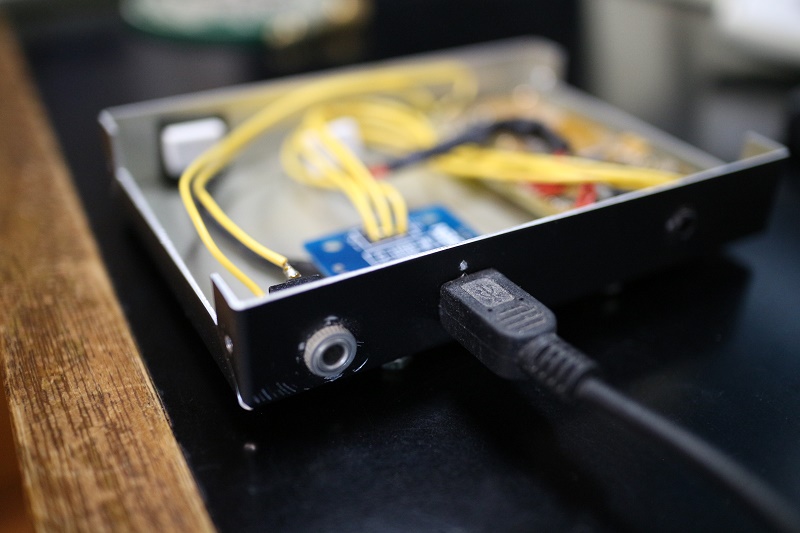

#RADIOSHARK LINUX SOFTWARE#
GNU Radio - the GNU software radio, testing phase cf.gnome-radio - Listen to FM radio over the air using PCI cards or USB devices with FM tuners built in.gnomeradio - for Gnome, capable of recording.gkrellm-radio - minimalistic gkrellm plugin to control radio tuners.Some of the older applications are mature and readily available, but no longer actively developed.

Gnomeradio and kradio, the most fully featured applications, are not yet available in all distributions and need to be compiled first. The following list of software applications allow one to control a radio tuner.

#RADIOSHARK LINUX TV#
My next weekend project will be to create a web front-end to shark - perhaps even implement a record-to-disk option.There are a number of Radio devices, in particular those TV tuner devices which also contain a radio receiver/tuner, for which V4L directly supports. Tune in to the stream URL using XMMS, VLC, WinAmp or your favorite audio player, and you sould hear something, at least some white noise.Īfter a few seconds -depending on your audio player buffer size- you should hear the new station. When you reload in your web browser you should get a stream mount point with your newly defined stream. Start up darkice with /usr/bin/darkice -c /etc/darkice.cfg.You should get a status screen without any streams. Start up icecast2 running /etc/init.d/icecast2 start and check out that it’s running by opening.My own configuration goes something like this: Copy /usr/share/doc/darkice/examples/darkice.cfg to /etc/darkice.cfg and edit to taste.Edit /etc/icecast2/icecast.xml and fill out at least the authentication and hostname sections.Check that your brand-new shark is working:.
#RADIOSHARK LINUX DRIVER#
Input: USB HID v1.00 Device on usb-0000:00:10.0-2ĭrivers/usb/input/hid-core.c: v2.6:USB HID core driver
#RADIOSHARK LINUX FULL#
Usb 1-2: new full speed USB device using uhci_hcd and address 3

They recommend ecasound to transcode the audio input to the sound card in a single computer, but I rather use icecast2 to stream the signal to different computers around the house - even to the office or while I’m on the road. The definitive guide for the radioSHARK under linux is at. So now it was time to move it over to Linux. Not really an option, but at least it meant that that the hardware was working fine. The only way I got it to spit any sound at all was while in audio “test” mode. Trying to get it to run in Windows XP was totally fruitless. Once the sweet sweet parcel arrived the radio SHARK sat for a couple of weeks gathering dust while I got a moment to play with it. Since it has a nice discount over at amazon I ran out of excuses for not buying one, so I finally ordered it. I have been meaning to get a Griffin radioSHARK with the intention of getting it running on Linux.


 0 kommentar(er)
0 kommentar(er)
